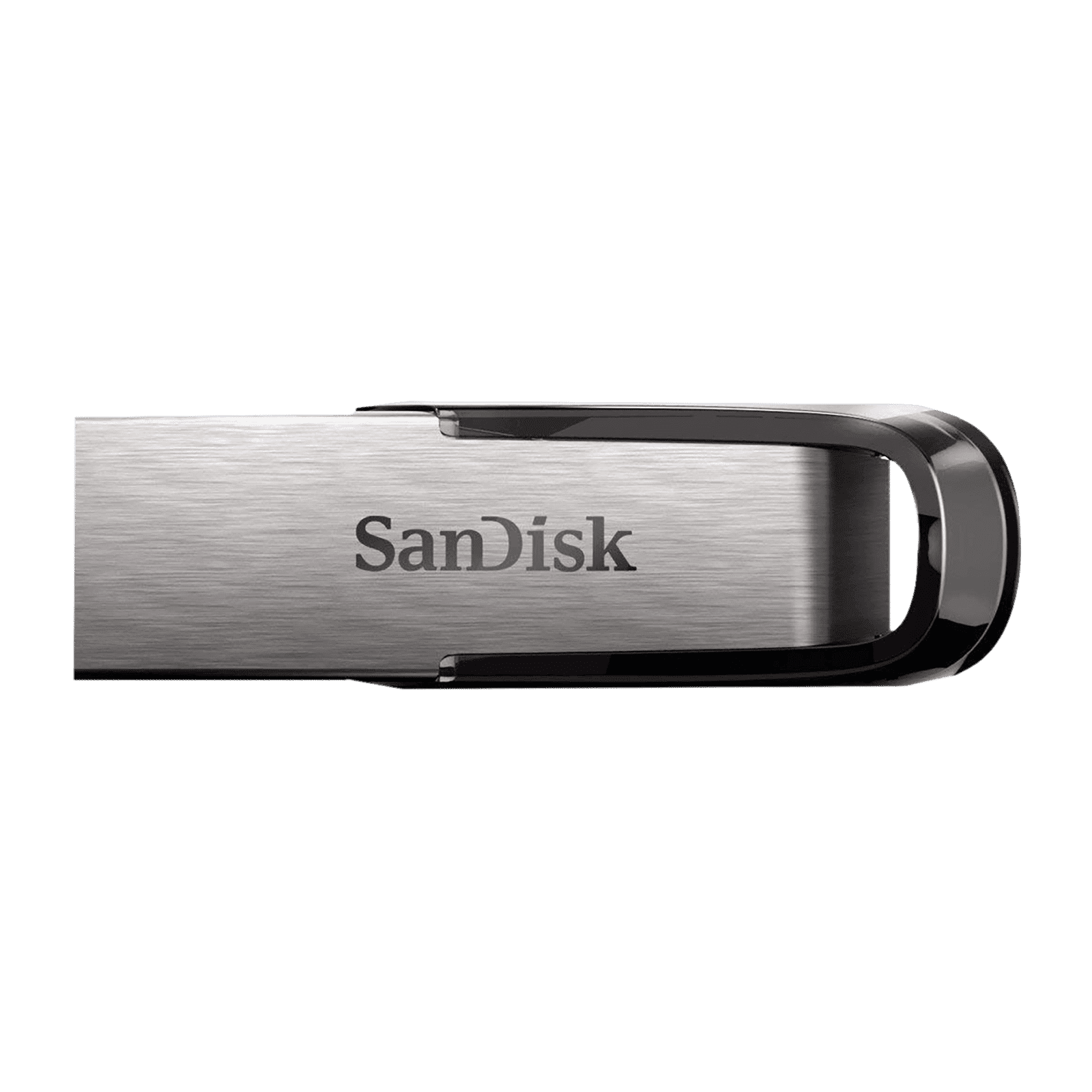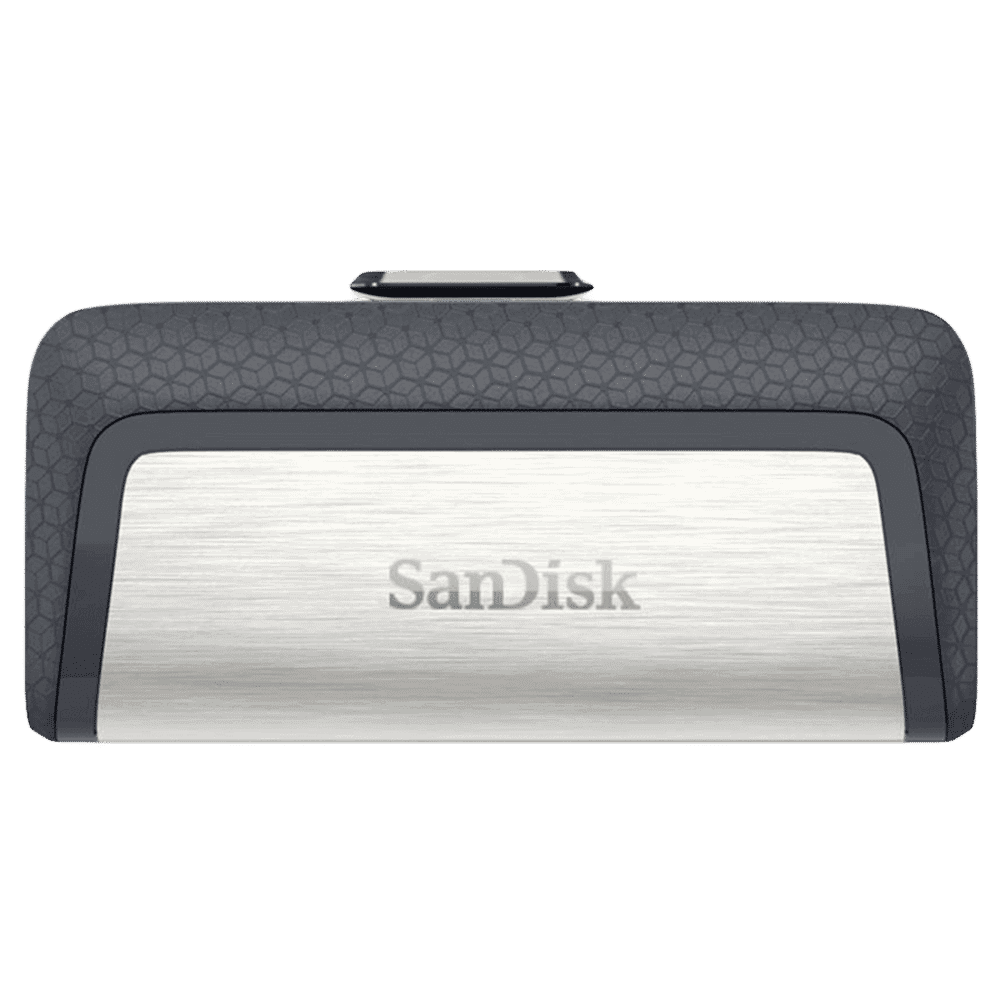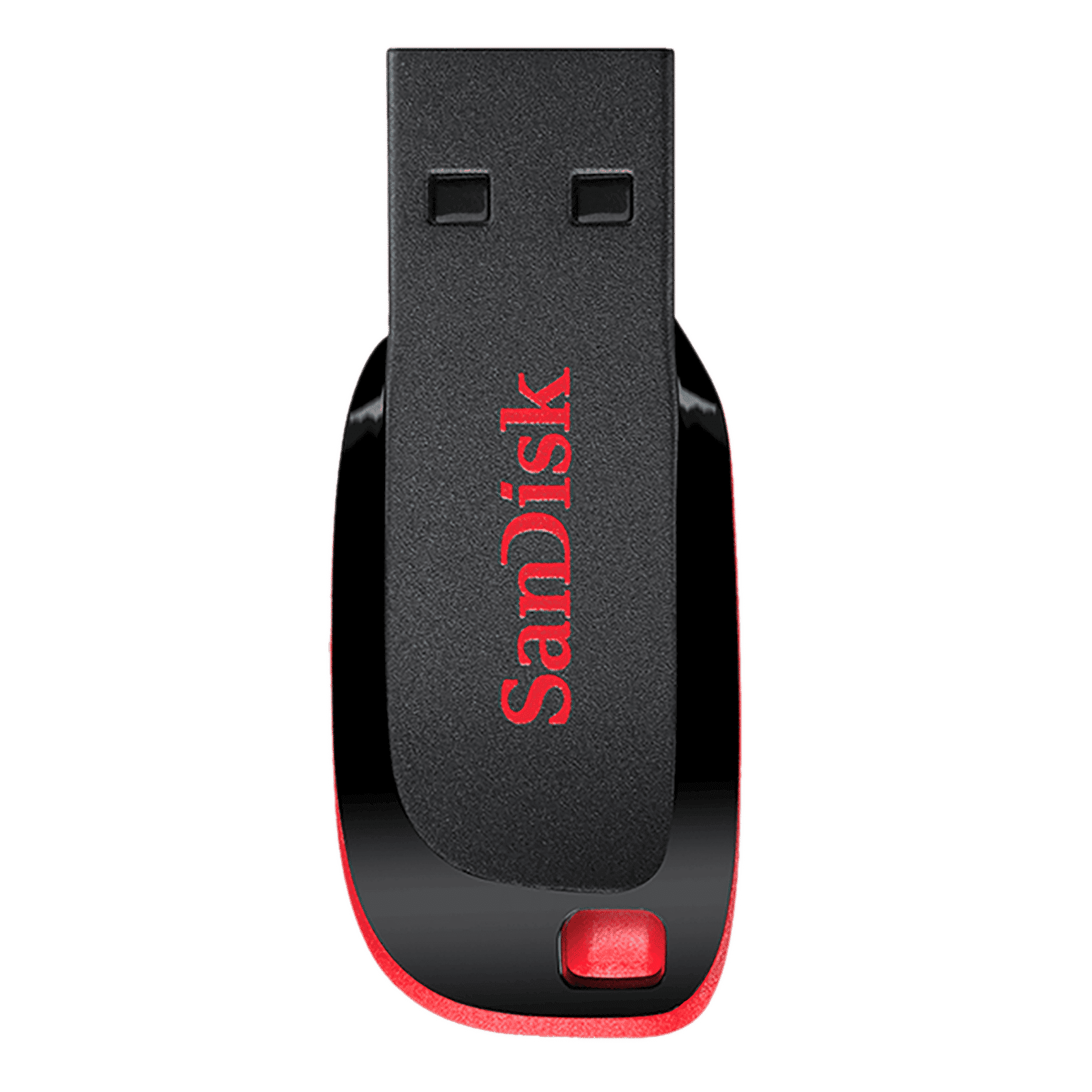%20(Presentation)%20(1600%20x%20600%20px)(20)-e373b4ed-7ebb-4e61-b4ef-18660c261d5b.webp&w=3840&q=75)
Consumer Electronics
•05 min read

Buy SanDisk Ultra Fair 64GB USB Type A (3.0) Pen Drive (Stylish and tough, Black) online at best prices from Croma. Check product details, reviews & more. Shop now!
In the world of portable storage devices, terms like 'USB' and 'pen drive' are often used interchangeably—but are they really the same? Many users find themselves confused when navigating these everyday gadgets, especially when selecting the best option for storing important files, photos, and videos. This guide will walk you through the key features, differences, and similarities between these two types of devices, ensuring you make an informed decision that meets your specific needs.
The term USB stands for Universal Serial Bus, which is a standard interface used to connect devices to computers and other relevant gadgets. It acts as a bridge for data movement and power supply, enabling various devices to communicate effectively. USB storage devices come in many forms, such as USB flash drives and USB-C drives. These devices play a crucial role in everyday data transfer and are designed to cater to a wide range of functionalities—from running simple applications to supporting more advanced computing needs.
A pen drive, often seen as a portable solution to data storage, is essentially a small, pocket-friendly device that uses flash memory. Although many tend to refer to pen drives and USB flash drives as the same, it is important to note that the term 'pen drive' can sometimes encompass a range of portable flash storage devices. Over time, pen drives have evolved in terms of design, storage capacity, and performance, allowing them to keep pace with modern technology requirements.
One of the most significant factors to consider is storage capacity. Both USB and pen drives are available in an array of storage options. For instance, many USB flash drives offer capacities starting from a few gigabytes and can go up to hundreds of gigabytes, while pen drives typically cover a similar range. The choice here usually boils down to the volume of data you need to store. If you frequently handle high-resolution videos or sizeable documents, opting for a device with larger storage might be more beneficial.
Speed is another critical factor when comparing these devices. USB standards have evolved over the years, with USB 2.0, USB 3.0, and USB-C each offering varying data transfer speeds. USB 3.0 and USB-C, for instance, can transfer data significantly faster than USB 2.0, which is ideal if you need to move large files quickly. While many pen drives are based on these faster standards, there might be slight differences in performance due to design and internal architecture. Selecting the correct type based on your data transfer needs will ensure smoother operations.
The design of these devices is geared towards enhancing portability and ease of use. USB drives often boast innovative designs including keychain attachments and compact forms that easily fit into a pocket, making them perfect for everyday carry. Pen drives are similarly designed for convenience and are usually slim, ensuring you can easily attach or carry them wherever you go. In terms of durability, modern products are built to withstand everyday wear and tear while ensuring data safety.

Buy SanDisk Ultra Dual Drive 32GB USB Type A (3.1), USB Type C (3.1) OTG Pen Drive (High-speed Performance, Black) online at best prices from Croma. Check product details, reviews & more. Shop now!
Both USB storage devices and pen drives are designed to be compatible with a wide range of devices—laptops, desktops, and even smart TVs, as long as these devices have a compatible USB port. Most pen drives work effortlessly when plugged into any USB port, echoing the universal nature of USB standards. However, it is always a good idea to confirm compatibility, especially if you are using older hardware with more recent portable storage technologies.
These portable storage solutions are incredibly useful in daily life. They can be used for backing up important documents, storing multimedia files such as photos and videos, and even transferring files between different devices. Students use them for their assignments, professionals for presentations and documents, and families for storing memories. Their convenience and reliability make them a common fixture in many homes and offices.
Beyond everyday uses, advanced applications of these devices include creating bootable drives for system recovery, ensuring secure data storage, and sharing multimedia content with ease. In scenarios where a high degree of security and reliability is required, USB flash drives are often preferred for their enhanced performance capabilities. The clear distinction between these advanced uses helps in choosing the right device for specialised needs, ensuring that performance and security go hand in hand.
While it might seem that a USB and a pen drive are one and the same, understanding the nuance in functionality is vital. A USB refers to the underlying connection protocol and standard interface that facilitates data transfer across multiple devices. On the other hand, a pen drive is a specific type of USB device designed primarily for storage. Therefore, while many pen drives are indeed USB drives, the reverse is not true because USB encompasses a broader spectrum of devices—from storage drives to input peripherals like keyboards and mice.
It is helpful to evaluate the advantages and disadvantages of both devices using a simple checklist. USB drives are known for their versatility and the wide range of products available. They offer varying speeds, multiple design options, and different storage capacities. This makes them an attractive option for users with dynamic needs. Pen drives, while similar in many respects, tend to focus purely on portability and ease of use. Their design is often more refined for everyday tasks but might not cater to more specialised applications that require high performance.
Insight Corner: "Did You Know?"
Although pen drives are often called USB drives, not all USB devices are pen drives. USB encompasses a wide range of devices, including flash drives, external hard drives, and even peripherals like keyboards and mice.

Buy SanDisk Cruzer Blade 64GB USB (2.0) Pen Drive (High-Capacity Drive, Red) online at best prices from Croma. Check product details, reviews & more. Shop now!
Selecting the perfect device comes down to a variety of factors. First, assess your storage requirement: how much data do you plan to store and transfer? Second, consider the speed needed for your daily operations—whether you regularly handle large file transfers or require quick backups of important documents. Third, evaluate compatibility with your existing devices. It is also essential to compare the design and ergonomics, especially if you need something that you can easily carry around. By using these points as a checklist, you can narrow down your options and select a device that aligns with your lifestyle and work needs.
Today’s market offers a wide range of USB drives tailored for different uses. There are compact thumb drives for everyday usage, robust flash drives for more extensive data needs, and even external SSDs for high-speed data transfer and enhanced durability. When choosing a storage device, it’s important to think about the type of tasks it will support. For instance, if you are a tech enthusiast always on the move or a professional who appreciates reliability and speed, selecting the right USB drive can enhance your experience dramatically. And remember, every purchase on Tata Neu, where customers earn up to 5% NeuCoins, helps you gather rewards for future savings, bringing extra benefits along with your smart purchase decisions.
A USB flash drive is a compact, lightweight device used for portable storage, while a USB hard drive is larger and designed for higher-capacity storage needs.
A pendrive is commonly referred to as USB because it connects to devices using a USB interface, which is a universal standard for data transfer.
Yes, pen drives are designed to function in USB ports, making them compatible with most modern devices.
In summary, while USB and pen drives might appear similar at first glance, they cater to slightly different needs. USB refers to a universal standard that supports a wide range of devices, and pen drives are a specific category within that standard, focused on portable storage. Both have evolved to serve everyday and specialised applications effectively, making them indispensable tools in modern digital life. By understanding the storage capacity, speed, design, and compatibility features, you can choose the right device for your unique requirements. With the added benefit of earning NeuCoins with each purchase through Tata Neu, you are not only investing in quality storage solutions but also in a rewarding shopping experience built on trust and innovation.